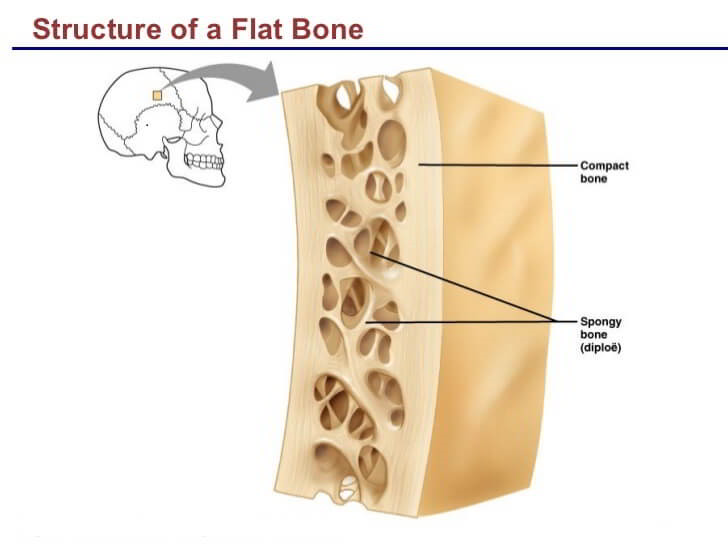

In the areas of the skeleton where bones move (for example, the ribcage and joints), cartilage, a semi-rigid form of connective tissue, provides flexibility and smooth surfaces for movement. Describe the effects of hormones on bone tissue, the process of calcium homeostasisīone, or osseous tissue, is a hard, dense connective tissue that forms most of the adult skeleton, the support structure of the body.Describe the disorders of the skeletal system.Describe the effect exercise has on bone tissue.Describe the steps involved in bone development and bone repair.Describe various skeletal joints and the movements possible.

Identify all the bones of the axial and appendicular skeleton.Describe the microscopic structure of compact bone, and compare it with that of spongy bone.Identify the anatomical features of a long bone.Distinguish between long bones, short bones, flat bones, and irregular bones and provide an example of each.Describe the functions of the skeletal system.


 0 kommentar(er)
0 kommentar(er)
